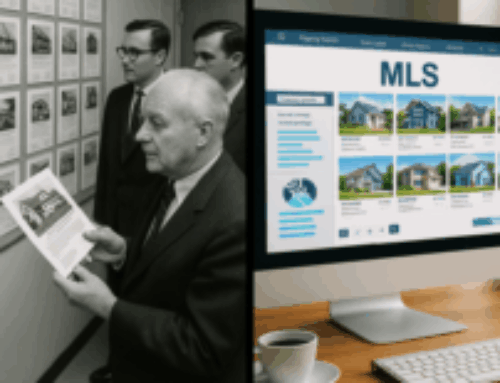 We all have our opinions about things like productivity and social media. Our own experiences with it along with what we hear and see around us make even the casual observer an expert. But there are actually people who study this stuff, and when they talk about their research, it is worth listening to.
We all have our opinions about things like productivity and social media. Our own experiences with it along with what we hear and see around us make even the casual observer an expert. But there are actually people who study this stuff, and when they talk about their research, it is worth listening to.
Heidi Ambles is the Director of Product Management and Social Software at IBM. She thinks highly of social media and is bullish on the benefits of social collaboration in the workplace. Here are a few statistics that Heidi recently shared during a talk that she gave.
28% of the workweek is spent managing email. 20% of the workweek is spent tracking down colleagues.
This is pretty shocking stuff. Her data is white data – data collected over lots and lots of business types pulled together in an overall bucket. I suspect that they pull a lot of that data from enterprise CRM solutions where “time in application” like email can be tracked. If you own a company, you get right to thinking about how you can solve that problem.
When you get to real estate, the problem may be worse. Real Estate agents spam the heck out of each other with marketing crap. Agents routinely will send new listing flyers and all kinds of other junk that should simply not be allowed in our industry. Imagine how much productivity we could spin back into real estate if that behavior was frowned upon (I hesitate to say “banned” because undoubtedly someone, somewhere might be prompted to start writing a rule).
Many MLSs or brokers have installed showing solutions. I feel for those who have not. It is such a fundamental time saver that it is a shame to schedule home showings without it. Thank goodness for the lock box. It was not long ago that REALTORS were messing about with keys.
In any case, Heidi says that: Social collaboration has the potential to make businesses more efficient. Not only can its flexibility inspire creativity, but it can also reduce travel and meeting time, saving money that can be better spent elsewhere within a company. It even has the potential to enable faster decision-making and even better customer service. Social collaboration can drive employee engagement, and a highly engaged employee is less likely to leave their current company. This saves business money, since a single employee turnover can cost up to 30% of a person’s yearly salary. In addition to promoting business interests, social collaboration improves employee satisfaction. The potential return on investment is substantial: 26% more revenue per employee, 33% less time to take new products to market, and 40% year-over-year increase in new business.
I am not sure that we have done a good job in real estate thinking through social media collaboration. The industry has kept a keen eye on Social Media marketing, which has largely been a disaster.
More to the point, when an agent is working in the MLS, or broker back office solution; I do not have a side rail that shows me who else in the office is online. Agents cannot strike up a quick business conversation or ask a question like you can on Facebook or AOL chat or Google Places. There are mature technologies available today that can be plugged into these systems that allow for better peer-to-peer collaboration.
At the very least, it would be helpful to see every agents’ social media link on their profile page. If you cannot operate social collaboration within your environment, support improved social collaboration in places you can.
Heidi’s links to find out more about social collaboration:
www.ibm.com/social-business/us/en/
www.ibm.com/cloud-computing/social/us/en/
www.bloomworldwide.com/ibm-6-patterns-in-achieving-social-business-success/#.UjNNZBamCJU
www.youtube.com/watch?v=B2rvLuzrjq0
www.mckinsey.com/insights/high_tech_telecoms_internet/the_social_economy
www.slideshare.net/soccnx/heidi-ambler-social-connectionkeynotejune2013-final?from_search=1




